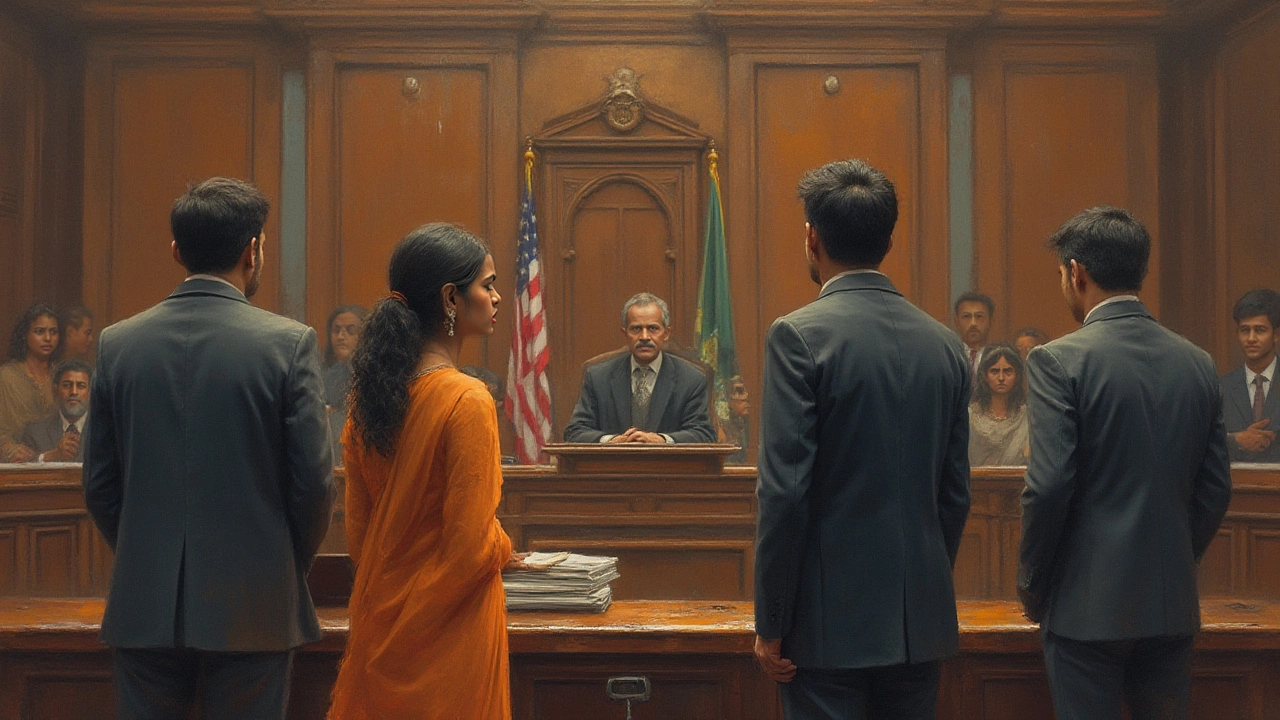One-sided Divorce in India – What You Need to Know
If you’re stuck in a marriage that’s already over for you, you might wonder if you can walk out alone. In India, a “one‑sided” or unilateral divorce is possible, but it’s not as simple as signing a paper and walking away. The law requires certain grounds, paperwork, and court approval. Below you’ll find the basics, so you know what to expect and how to avoid costly delays.
When Can You File a One‑sided Divorce?
Unlike mutual consent divorce, where both parties agree, a one‑sided divorce relies on specific legal grounds. The most common are cruelty, desertion for more than two years, conversion to another religion, mental disorder, or a spouse’s imprisonment for at least seven years. You don’t need the other side to sign anything, but you do need proof that the ground you’re using actually exists.
For example, if your spouse has abandoned you for over two years without any intention of returning, you can file under the desertion ground. If there’s physical or emotional abuse, you can use cruelty. The key is having evidence—police reports, medical certificates, or witness statements—to back up your claim.
Step‑by‑Step Process for a Unilateral Divorce
1. Draft the petition. Your lawyer will prepare a divorce petition that lists the ground(s) and attaches all supporting documents. This includes marriage certificate, proof of residence, and any evidence of the ground you’re claiming.
2. File the petition. Submit the petition at the family court where you were married or where you currently live. Pay the filing fee, which varies by state but is usually modest.
3. Court issues notice. The court sends a notice to your spouse, giving them a chance to respond. Even if they ignore it, the notice is a legal requirement.
4. Evidence stage. Both sides can present evidence. If your spouse doesn’t appear, the court may proceed in their absence, but you still need solid proof.
5. Interim orders (optional). You can ask the court for temporary relief, like alimony, child custody, or a restraining order, while the case is pending.
6. Final hearing. If the judge is convinced by your evidence, they will grant the divorce decree. The whole process can take anywhere from six months to two years, depending on how contested the case is and the court’s backlog.
7. Post‑divorce steps. After the decree, you may need to file for a new passport, update bank accounts, or register the divorce with local authorities. Keep the decree handy; you’ll need it for these tasks.
While a one‑sided divorce lets you move forward without your spouse’s consent, it’s not a shortcut. Courts still protect the rights of both parties, especially when children are involved. Getting a good lawyer who knows the local family court system can shave months off the timeline and help you avoid common pitfalls like missing documents or weak evidence.
Bottom line: you can file for divorce on your own in India, but you must pick a valid ground, gather strong proof, and follow the court’s steps. Preparing early, staying organized, and consulting a legal expert are the best ways to make a one‑sided divorce as smooth as possible.

One-Sided Divorce in India: Process, Rights & Legal Tips in 2025
Thinking of a one-sided divorce in India? Learn the truth about contested divorce, the latest procedure, rights, timelines, and must-know legal tips for 2025.